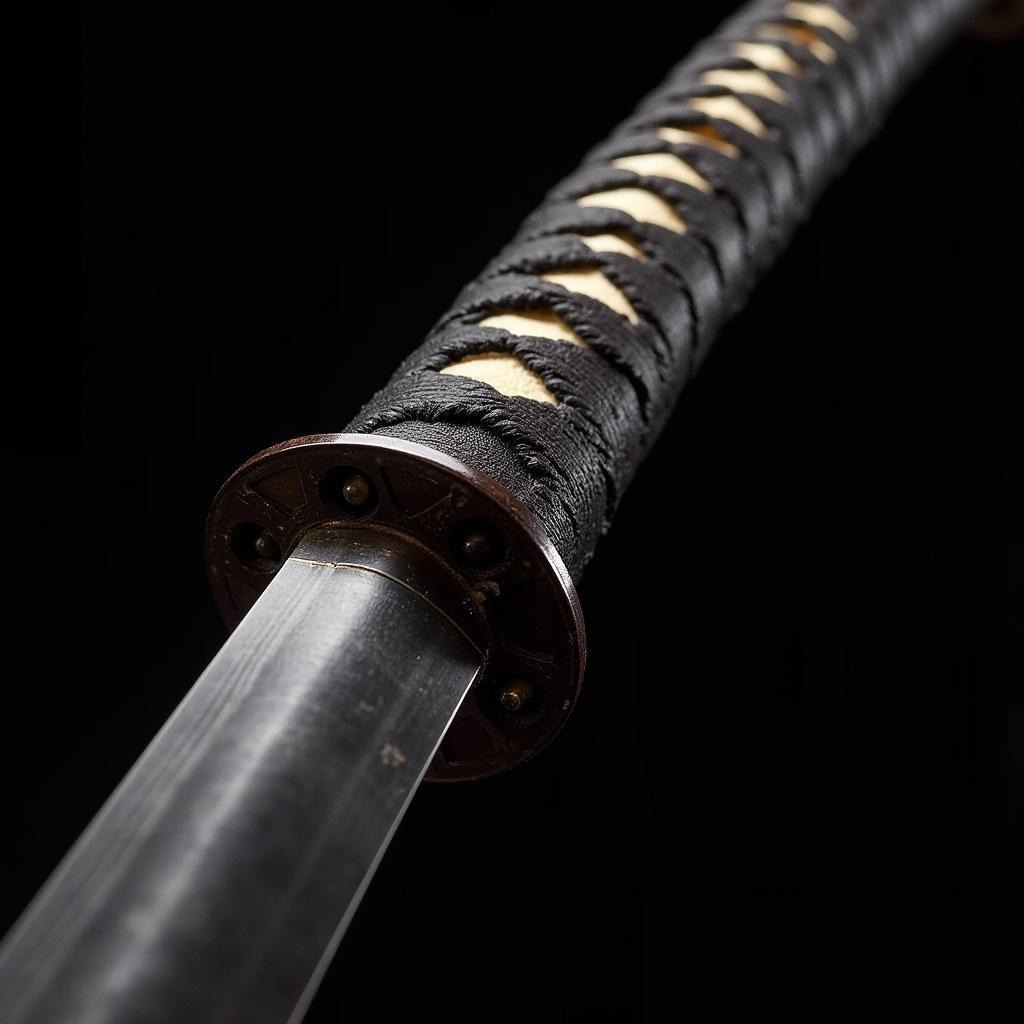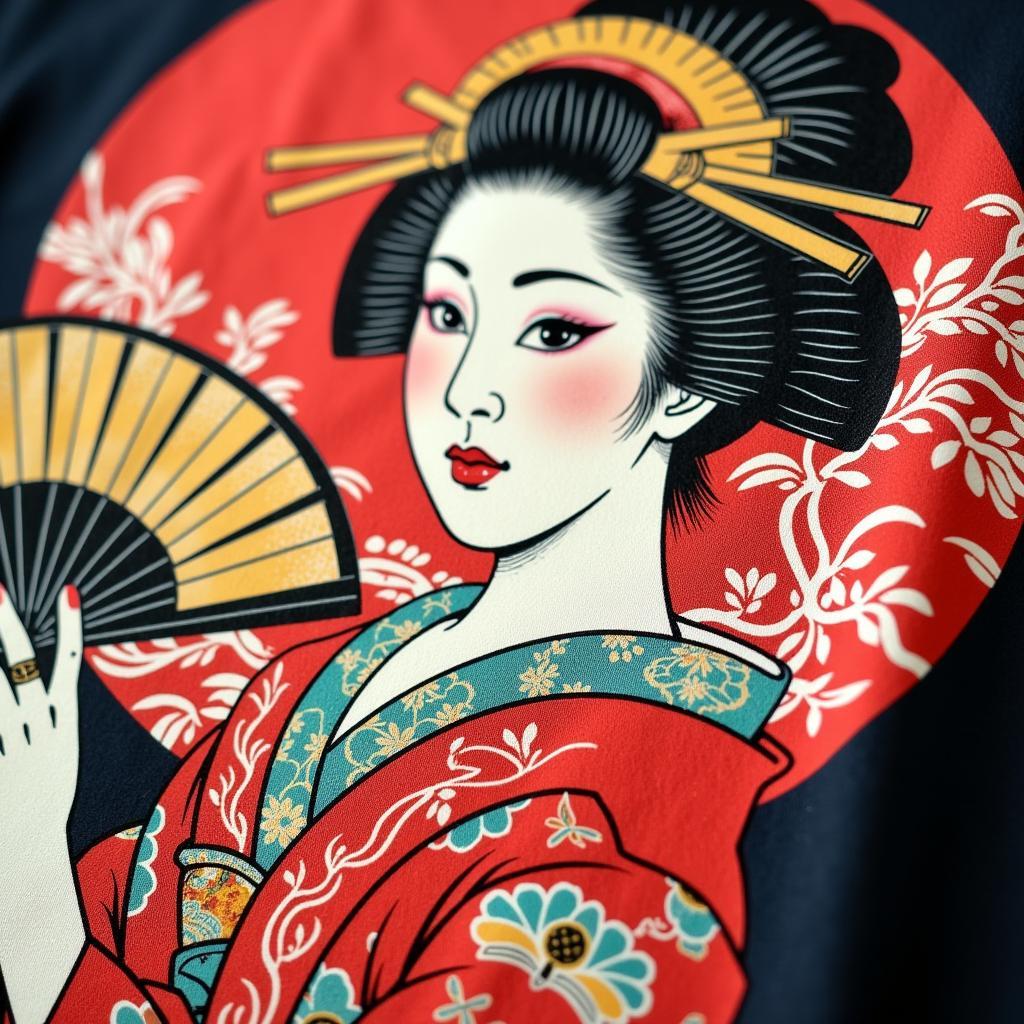Martial Arts Swords: A Journey Through Blades and Tradition
Martial Arts Swords have captivated imaginations for centuries, representing not just weapons but also artistry, discipline, and cultural heritage. From the sleek katana to the elegant rapier, these blades tell stories of warriors, artisans, and the evolution of combat. This exploration delves into the fascinating world of martial arts swords, examining their history, significance, and the diverse forms they take. martial arts sword
The History and Significance of Martial Arts Swords
Forged in fire and honed by tradition, martial arts swords hold a unique place in human history. They’ve served as tools of war, symbols of power, and objects of profound artistic expression. Early swords, often crude and primarily functional, gradually transformed into sophisticated weapons, each reflecting the specific needs and cultural nuances of its users. The development of metallurgy played a crucial role, allowing for stronger, lighter, and more durable blades. The sword became more than just a weapon; it evolved into an extension of the warrior’s spirit, embodying their skill, discipline, and honor.
Types of Martial Arts Swords: From Katana to Rapier
The world of martial arts swords is incredibly diverse. Each blade, shaped by its intended purpose and cultural context, possesses unique characteristics and a distinct personality. The Japanese katana, with its curved blade and razor-sharp edge, is renowned for its cutting power and elegant design. The European rapier, a slender thrusting sword, epitomizes the grace and precision of European fencing. The Chinese jian, a double-edged straight sword, represents balance and versatility in combat. These are just a few examples of the myriad of martial arts swords that have graced battlefields and training halls across the globe.
Exploring the Katana: A Symbol of Samurai Prowess
The katana, perhaps the most iconic of martial arts swords, is synonymous with the samurai, the warrior class of feudal Japan. More than just a weapon, the katana was a symbol of the samurai’s honor, skill, and unwavering dedication to Bushido, the warrior code. Its creation was a meticulous process, involving folding and hammering steel to create a blade of exceptional strength and flexibility. The katana’s distinctive curved blade, achieved through differential hardening, allowed for both powerful cuts and precise thrusts.
 Katana: The Iconic Japanese Martial Arts Sword
Katana: The Iconic Japanese Martial Arts Sword
What is the historical significance of the katana? The katana served as the primary weapon of the samurai for centuries, playing a crucial role in shaping Japanese history and culture.
Martial Arts Swordsmanship: A Discipline of Body and Mind
Wielding a martial arts sword effectively requires more than just physical strength; it demands discipline, precision, and a deep understanding of the art. Different sword styles emphasize different techniques and philosophies. Kenjutsu, the traditional Japanese art of swordsmanship, focuses on precise cuts and fluid movements. European fencing emphasizes footwork, agility, and tactical maneuvering. Chinese swordsmanship incorporates elements of both cutting and thrusting, blending power with finesse. Each style offers a unique path to mastering the art of the sword.
martial arts weapons training near me
Finding a Martial Arts Weapons Training Center
Interested in learning the art of the sword? Finding a reputable training center is crucial. Look for experienced instructors, a safe training environment, and a curriculum that aligns with your interests and goals. Research different styles and schools to find the best fit for your needs.
Conclusion: The Enduring Legacy of Martial Arts Swords
From ancient battlefields to modern dojos, martial arts swords continue to fascinate and inspire. They represent more than just weapons; they embody history, artistry, and the enduring human pursuit of mastery. Whether you’re drawn to the sleek elegance of the katana, the swift precision of the rapier, or the versatile nature of the jian, exploring the world of martial arts swords offers a glimpse into a rich and captivating cultural legacy. Continue your journey into the realm of martial arts swords and discover the stories they tell.
FAQ
- What are some common types of martial arts swords?
- Where can I find martial arts weapons training?
- What is the difference between a katana and a wakizashi?
- What are the basic principles of swordsmanship?
- How do I choose the right martial arts sword for me?
- Are there different styles of sword fighting?
- What is the cultural significance of martial arts swords?
Master Kenzo Tanaka, a renowned swordsmith and Kenjutsu instructor, emphasizes the importance of respect and discipline in swordsmanship: “The sword is not just a weapon; it’s a reflection of the warrior’s spirit. Mastering the sword means mastering oneself.”
Dr. Amelia Dubois, a historian specializing in European weaponry, highlights the evolution of sword design: “The evolution of the sword mirrors the evolution of warfare, reflecting changing tactics and technological advancements.”
When you need support, please contact Phone Number: 02462573573, Email: danteum@gmail.com Or visit us at: Savico Megamall, 7-9 Đ. Nguyễn Văn Linh, Gia Thụy, Long Biên, Hà Nội 10000, Việt Nam. We have a 24/7 customer support team.




